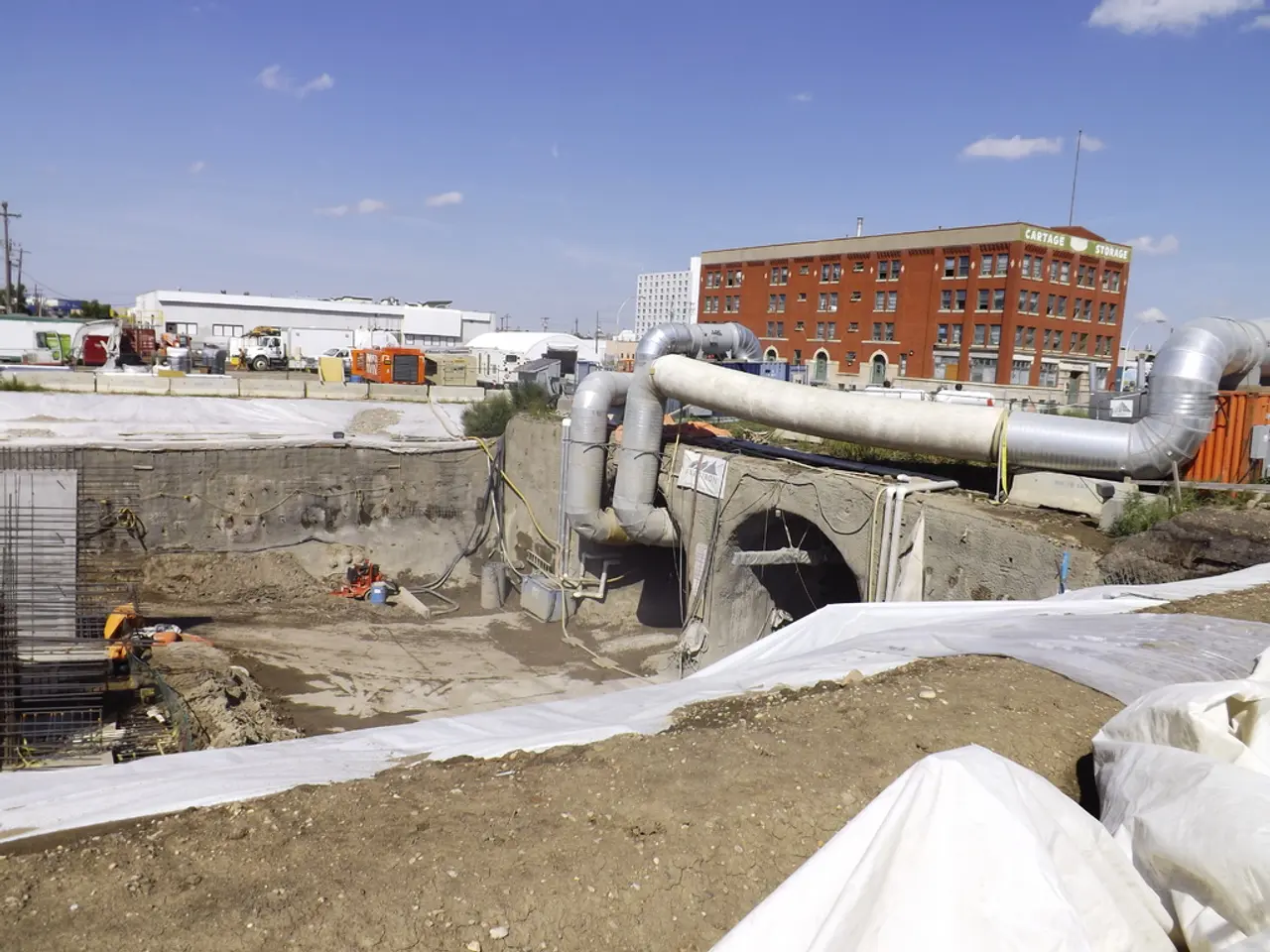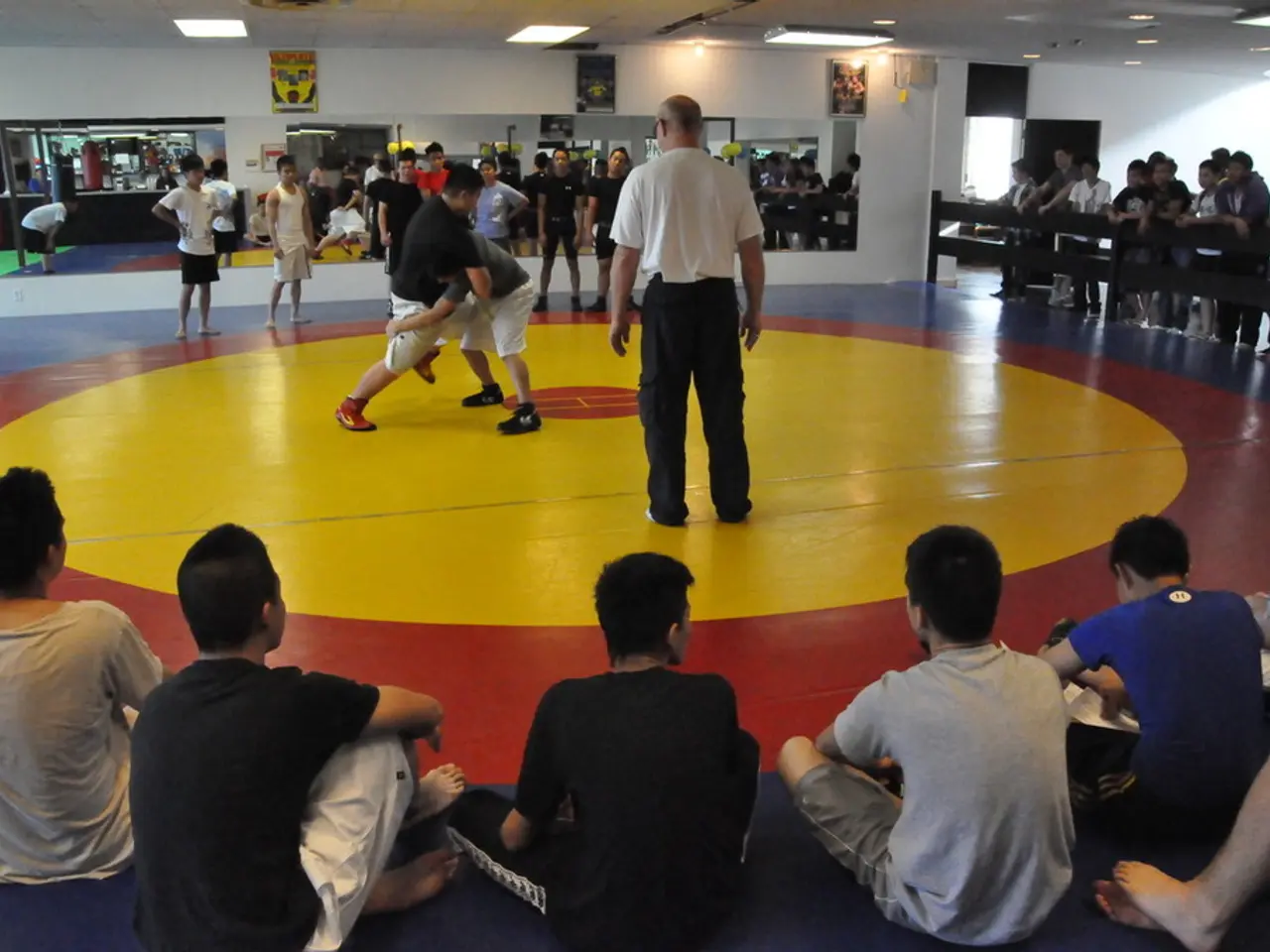Delivery of Aid to Gaza: The Reason Behind Its Frequent Non-Appearance
In the heart of the ongoing humanitarian crisis in Gaza, aid deliveries are frequently failing to reach the most vulnerable populations. A complex web of factors, including violent obstruction, security risks, systemic looting, and restricted access, collectively endanger civilians seeking help and disrupt effective distribution.
At the distribution sites, violence has become a recurring issue. Israeli forces and foreign military contractors have reportedly opened indiscriminate fire on people trying to access aid, causing hundreds of deaths and injuries. This violence disproportionately affects vulnerable groups such as children, women, persons with disabilities, and the elderly. The extreme danger around aid points deters or prevents the most needy from safely receiving assistance.
Another significant challenge is the looting of aid supplies. According to the United Nations, about 88% of aid trucks intended for Gaza have been looted along routes by armed Palestinian groups since May 2025. This undermines even well-supplied aid deliveries, creating shortages and inequitable distribution.
Restricted access and forced displacement also pose significant hurdles. The Israeli government’s aid system in Gaza includes severe restrictions that hinder vulnerable populations from reaching aid. Forced displacement of over 90% of the population in some areas further complicates access. Aid organizations advocate for fully open and sustained land crossings to enable mass and consistent delivery, as well as unimpeded access for humanitarian groups.
Insecurity along convoy routes also disrupts delivery logistics, causing delays or loss of supplies.
These challenges reflect not only operational hurdles but also broader conflict dynamics. Blocking or delaying aid with intent to starve civilians is recognized as a war crime in this context. International experts and humanitarian agencies emphasize the urgent need for ceasefires, safe humanitarian corridors, and alternative aid delivery systems that bypass problematic actors to ensure aid reaches the most vulnerable safely and effectively.
Footage from the Gaza Strip depicts scenes reminiscent of an apocalypse. The most vulnerable individuals often leave aid deliveries empty-handed due to the chaos. Hundreds of people are observed rushing towards aid deliveries, adding to the disorder and making it difficult for those in need to receive the assistance they desperately require.
- In addition to the chaos at the distribution sites, war-and-conflicts, particularly the indiscriminate firing by Israeli forces and foreign military contractors, have been major events causing deaths and injuries of the most vulnerable groups seeking aid.
- In the realm of general-news, the looting of aid supplies by armed Palestinian groups along routes has become a significant issue, as the UN reported that approximately 88% of aid trucks intended for Gaza have been looted since May 2025, leading to shortages and unequal distribution.








